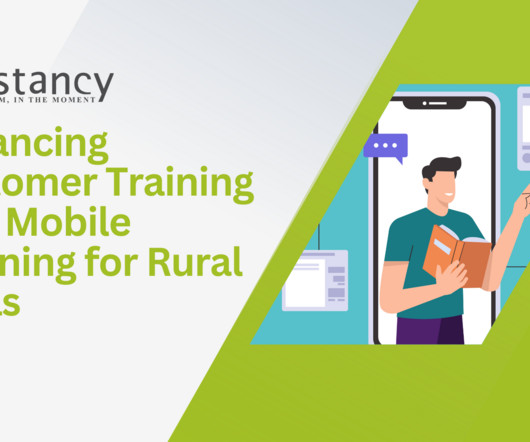Why Companies Should Spend More on Social Learning | Social.
Dashe & Thomson
MAY 4, 2011
In the article she gives some scary statistics: Our recent study showed that 30 percent of US companies spent money on informal learning tools or services in 2010. The figure was highest among large businesses, 42% of which spent money on informal learning during the year. In dollar figures, spending is minimal.

















































Let's personalize your content